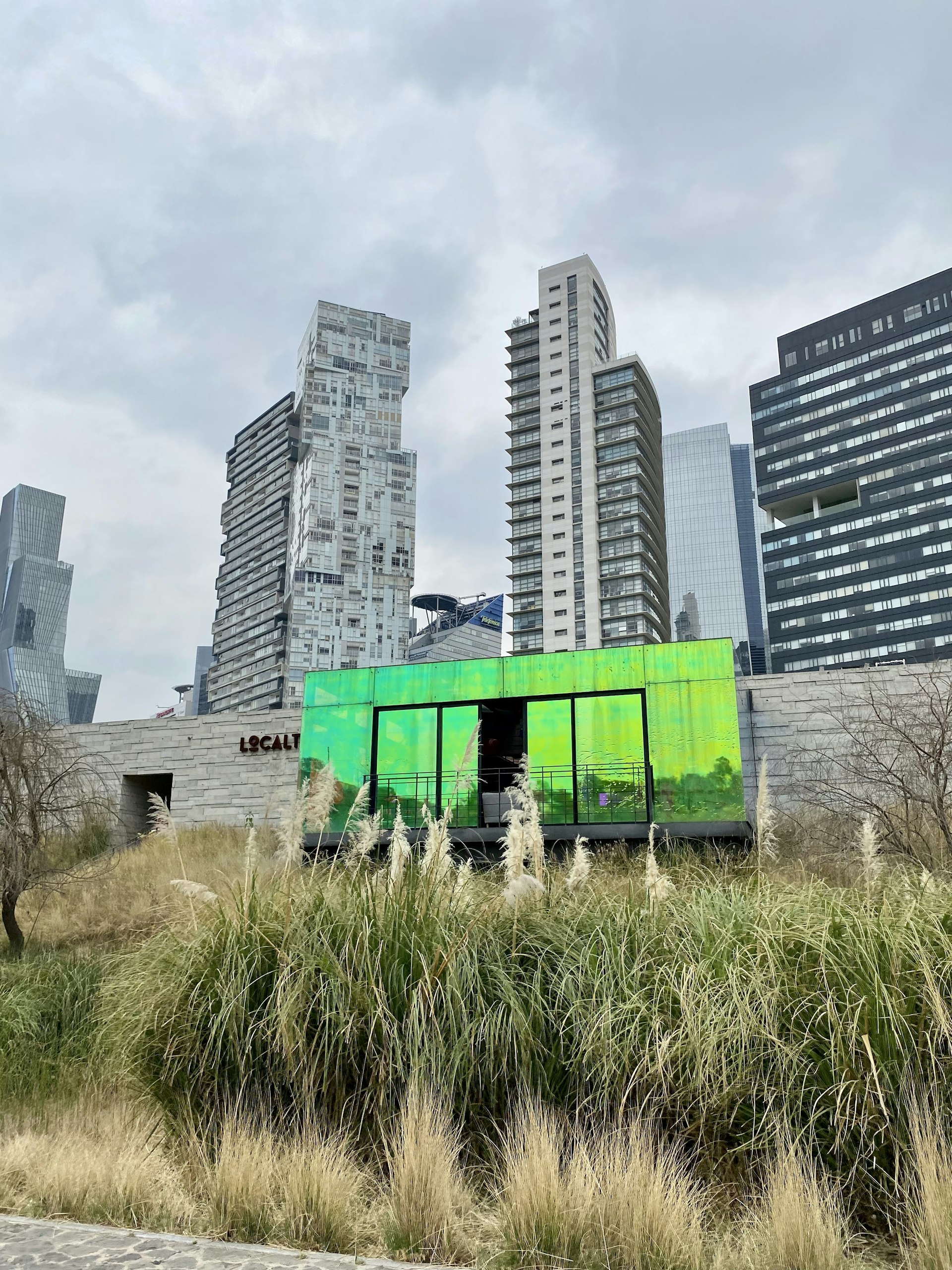Essential Guide to Successful Indoor Fig Tree Maintenance in Urban Apartments

Photo by Ardi Evans on Unsplash
Introduction: Why Indoor Fig Trees Thrive in Urban Apartments
Indoor fig trees, especially varieties like the Fiddle Leaf Fig and Rubber Plant , have become iconic in urban apartment decor. Their dramatic foliage and air-purifying qualities make them favorites for city dwellers seeking a touch of nature. While urban apartments present challenges such as limited light and fluctuating humidity, with the right approach, you can maintain a healthy and attractive fig tree indoors. This guide provides comprehensive, actionable steps for successful indoor fig tree maintenance, tailored to the realities of apartment living.
Choosing the Right Fig Variety for Your Space
Not all figs are equally suited for indoor life. Fiddle Leaf Fig (Ficus lyrata) is prized for its large, violin-shaped leaves but is known to be a bit finicky. Easier alternatives include the Rubber Plant (Ficus elastica) , which is more forgiving and adapts well to varying light conditions. For those interested in fruiting varieties, the Negro Largo fig offers both decorative appeal and edible fruit. Consider your apartment’s light availability, space, and your experience level when selecting a variety. Beginners may benefit from starting with a Rubber Plant before tackling the more demanding Fiddle Leaf Fig [4] .
Light: The Most Critical Factor
Successful indoor fig trees require abundant, indirect sunlight . Most varieties need the equivalent of at least six hours of bright light daily. Urban apartments with large, unobstructed windows-especially those facing east or south-are ideal. If your apartment is dimly lit, consider supplementing with a full-spectrum grow light to mimic natural sunlight. Placing your fig near a window with sheer curtains can prevent leaf scorch while still providing ample light. Regularly rotate the pot to ensure even growth and avoid leaning [4] , [3] .
Watering: Preventing Over- and Underwatering
One of the most common mistakes in indoor fig tree care is improper watering. Figs prefer their soil to dry out slightly between waterings. Check the top inch of soil with your finger; if it feels dry, it’s time to water. Ensure the pot has ample drainage holes and never let the plant sit in standing water, as this can cause root rot. Water thoroughly until excess drains from the bottom, then empty the saucer. In the cooler months, reduce watering frequency to prevent overhydration. Consistency is key-irregular schedules can stress the plant and lead to leaf drop [1] , [3] .
Soil and Repotting: Creating the Optimal Environment
Indoor fig trees thrive in a well-draining, aerated soil mix . A blend of standard potting soil with added perlite or cacti mix improves drainage and prevents compacting. Repot your fig every 12-18 months, ideally in early spring, to refresh the soil and give the roots more room. When repotting, select a container one to two inches larger in diameter than the previous pot. Avoid removing all old soil from roots-gently loosen and remove only what comes away easily. Terracotta or ceramic pots help regulate moisture and prevent overwatering issues [1] , [5] .
Humidity and Temperature: Mimicking the Tropics
Most indoor figs, especially Fiddle Leaf Figs, prefer warm temperatures (60-80°F) and high humidity . Urban apartments can be dry, especially during winter heating. To counteract this, use a humidifier or place a shallow tray of water near your plant. Misting can help, but do so in the morning to allow leaves to dry and prevent fungal disease. Avoid placing your fig near heating vents, radiators, or drafty windows, as sudden temperature changes can stress the plant and cause leaf drop. Regularly monitor the environment and adjust as needed for consistent results [2] .
Fertilizing: Promoting Healthy Growth
Figs benefit from regular feeding during their growing season (spring and summer). Use a balanced, organic fertilizer diluted to half or quarter strength, and apply every 2-4 weeks. Over-fertilizing can burn roots, so err on the side of caution. In fall and winter, reduce feeding frequency as the plant’s growth slows. Fertilizing less but more often is generally more effective than infrequent, heavy feedings. Always follow product instructions and observe how your plant responds over time [1] .

Photo by Qihao Wang on Unsplash
Pruning and Cleaning: Shaping and Supporting Your Tree
Pruning helps manage size, shape, and overall health. Remove dead, damaged, or yellowing leaves regularly. To control height and encourage bushier growth, trim the growing tip or any leggy branches just above a leaf node. Use clean, sharp scissors or pruners to prevent disease. Wipe leaves gently with a damp cloth to remove dust, which can block sunlight and harbor pests. For more advanced shaping, explore techniques like open-center pruning or even Bonsai-inspired forms. Pruning also helps the plant focus energy on healthy growth and can make it more suitable for compact apartment spaces [4] , [5] .
Common Problems and Solutions
Urban apartments can present unique challenges:
- Leaf Drop: Often caused by sudden changes in light, temperature, or watering. Gradually acclimate your fig to new conditions and maintain consistent care routines.
- Brown Spots or Edges: May result from low humidity, overwatering, or salt buildup in soil. Increase humidity and ensure proper drainage.
- Pest Infestations: Indoor figs can occasionally attract spider mites or mealybugs. Inspect regularly and treat with insecticidal soap or neem oil if needed.
- Slow Growth: Usually due to insufficient light, depleted soil, or lack of nutrients. Review your care conditions and adjust as necessary.
If problems persist, consult with your local garden center or cooperative extension for tailored advice. Many cities have online plant communities where you can share photos and get feedback from experienced urban gardeners.
Step-by-Step Maintenance Checklist
- Choose the right fig variety for your apartment’s light and space.
- Position your plant in the brightest available spot, away from drafts and direct heat sources.
- Water only when the top inch of soil is dry, ensuring thorough but infrequent watering.
- Maintain humidity with a humidifier or water tray, especially in winter.
- Feed with a diluted, balanced fertilizer during the growing season.
- Repot every 12-18 months using a well-draining, aerated soil mix.
- Prune regularly to maintain shape, remove dead leaves, and encourage healthy new growth.
- Clean leaves to maximize photosynthesis and monitor for pests or disease.
Alternatives and Additional Resources
If your apartment lacks adequate light or you struggle with fig maintenance, consider alternative indoor plants like the Rubber Plant or Snake Plant, which are more tolerant of low-light conditions. For those seeking further guidance, visit reputable gardening websites or search for online plant care forums. Many botanical gardens and city horticulture programs offer virtual workshops and Q&A sessions, which can be valuable resources for troubleshooting specific issues.
Conclusion: Creating an Urban Indoor Oasis
Maintaining a healthy fig tree in an urban apartment is entirely possible with attentive care and the right conditions. By understanding your plant’s needs and adapting your approach to your apartment environment, you can enjoy the visual and air-purifying benefits of indoor figs year-round. Patience and observation are your best tools-every apartment is unique, and a bit of experimentation will help you find the best routine for your space.
References
- [1] Plantify (2017). 7 Steps to Make Your Fiddle Leaf Fig Tree Grow Bigger, Faster.
- [2] Dennis’ 7 Dees (2021). How to Care for Your Fiddle Leaf Fig.
- [3] Gardenista (2013). Considering the Fiddle Leaf Fig Tree.
- [4] Urban Leaf (2024). How to Grow Fig Indoors.
- [5] YouTube (2019). Fiddle Leaf Fig – The Ultimate Guide | The Plant Doctor.



